

Thinking of adding a glass box extension to your home? Well, you are in the right place because we have tons of ideas and projects to get you inspired. A glass box extension can suit any home, traditional or uber-modern and will bring in floods of natural light and really open up your home's layout.
And if you thought your home was too small for an extension, glass box extensions can prove that wrong. It doesn't take a huge glass structure you make a big difference and even a small side-return extension can have the desired effect of creating that lovely light, airy, open plan living space.
Far from the standard traditional conservatory, glass box extensions can be designed around the space you are working with. Plus, being made almost entirely of glass, they are going to bring in so much more light and make more of a style statement too.
- Looking for more glass extension ideas? Head over to our gallery.
'The benefits of a glass box extension are manifold. Most obviously, it can add up to 7% to the value of a home, a not insignificant figure, and one that more than covers the cost of most of this work.' says Simon McAuliffe of Cantifix. 'If selling your home is not in your plans, an extension can completely change the way you use your home. Many old houses (particularly the ubiquitous Victorian terraces of many London suburbs) are dingy, dark and cold at the back, and a glass extension can give a new lease of life to your home. It can provide a link between your home and garden, blurring the boundaries between outside and in and changing the way you use your garden too.'
Keep on scrolling and be inspired to start your own glass box extension project...
1. Fill a side return with a glass box extension
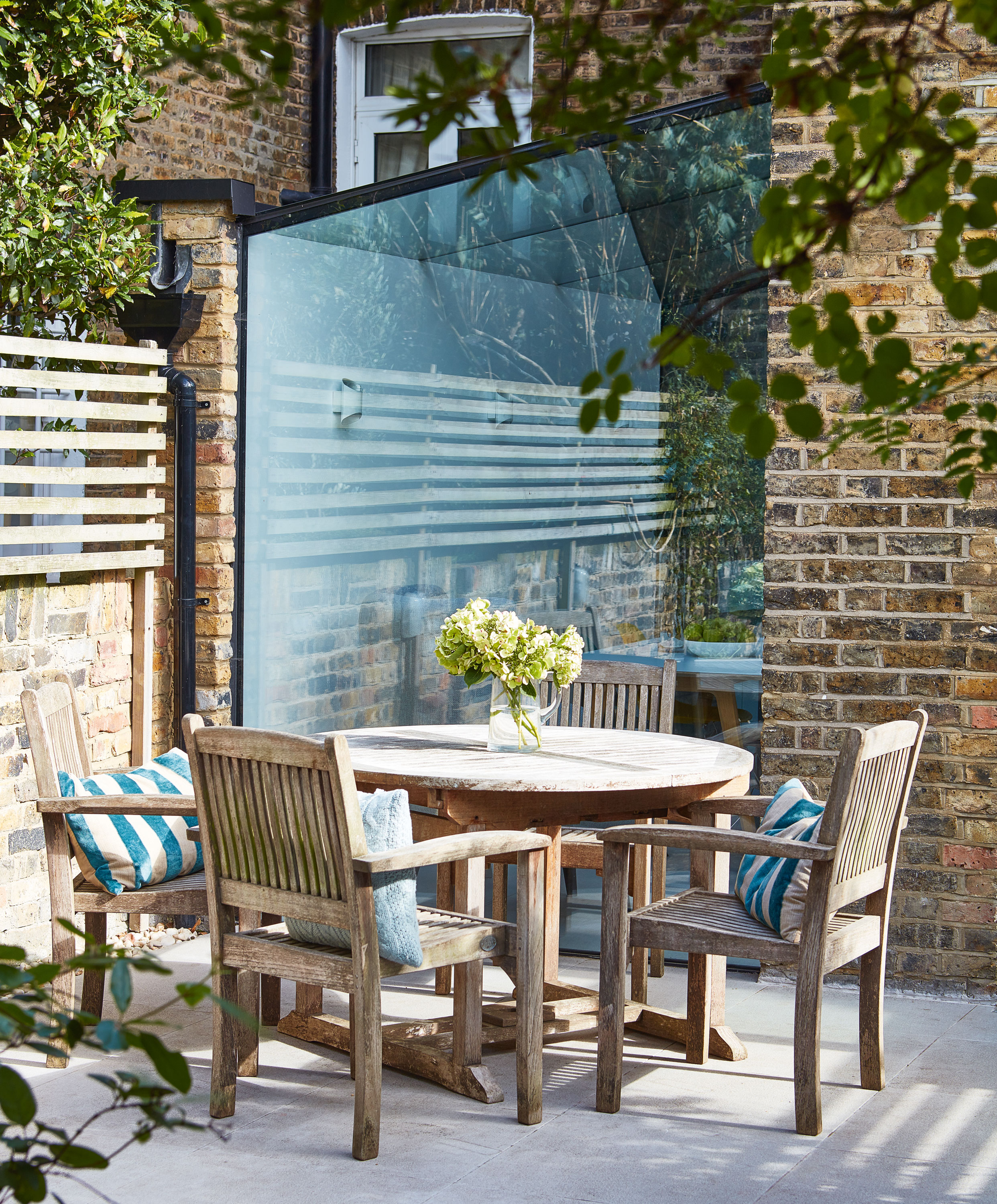
For this Edwardian terrace, the homeowner wanted to open up a narrow, dark galley kitchen, creating a light-filled open-plan space that flowed into the garden. As for many terraced homes, extending into a side return was an obvious choice for architects at Plan Studio.
But by choosing a glass box extension over say, a brick-built addition, all that natural light was guaranteed, plus the slender frame and uninterrupted expanses of glass makes this actually relatively small extension feel much bigger. And that reflection of the garden even makes the outside seating space feel larger too.
2. Contrast a period property with a glass box extension
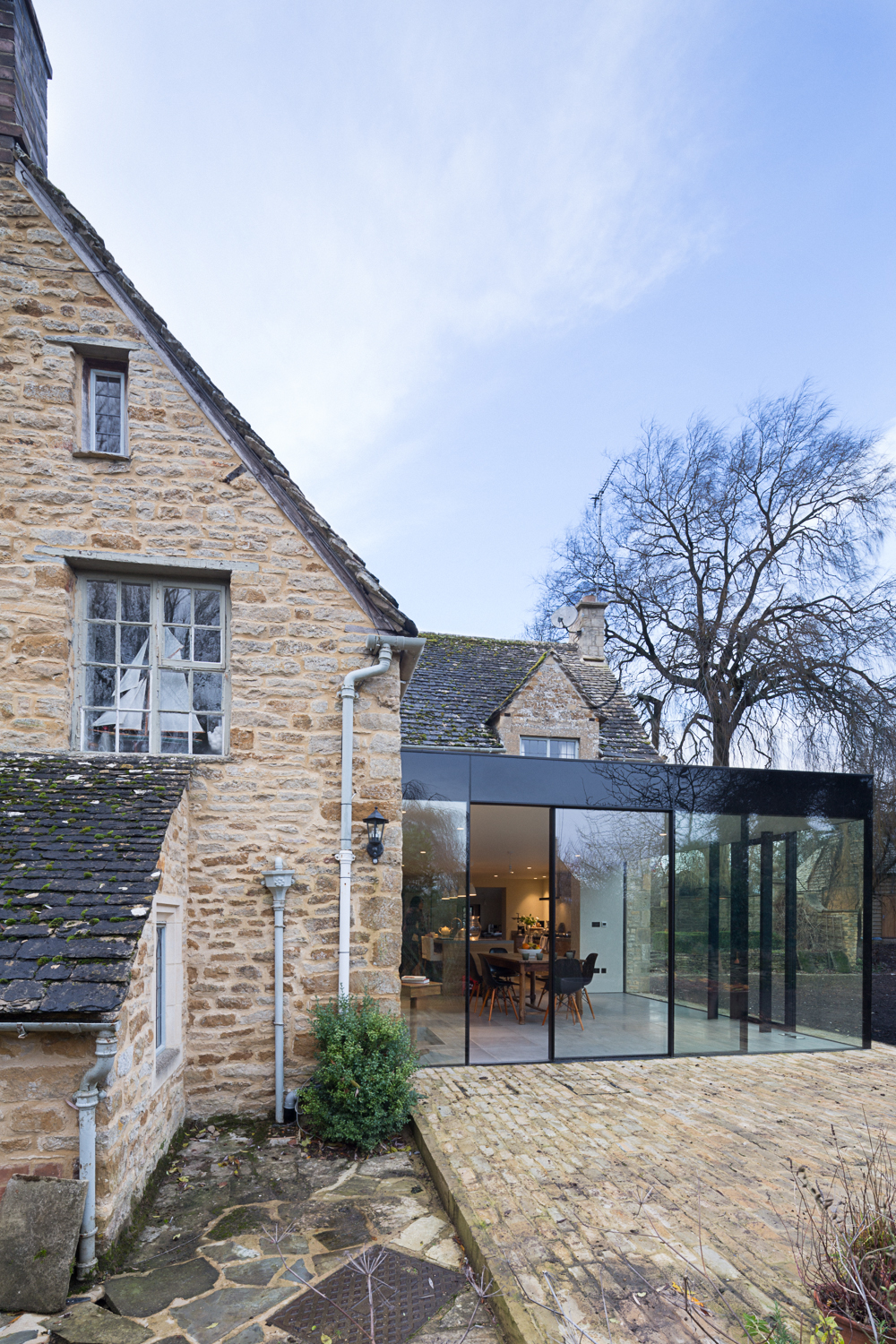
Opening up a period property with a glass box extension is a great way to bring a ton of light into a home that might have been blessed with lovely, but small, traditional windows.
'Many people think that contemporary glass extensions may not work with more traditional buildings, or may be frowned upon in areas such as conservations areas, but this is certainly not true.' explains Shannon of IQ Glass. 'Large glazing elevations only seek to enhance and complement the host building, and are actually preferred in conservation areas as the minimal design doesn’t alter the overall character of the building. In our wide range of completed projects we have designed glass extensions for almost every building type and style, including listed buildings.'
This modern glass box extension by IQ Glass and Eastabrook Architects was built onto a listed cottage and has totally opened up the kitchen and dining area, filling it with light and also creating this seamless flow between living space and the gorgeous surrounding countryside.
- For more extension ideas for period homes check out our feature.
3. Decide on the position and angle of a glass box extension
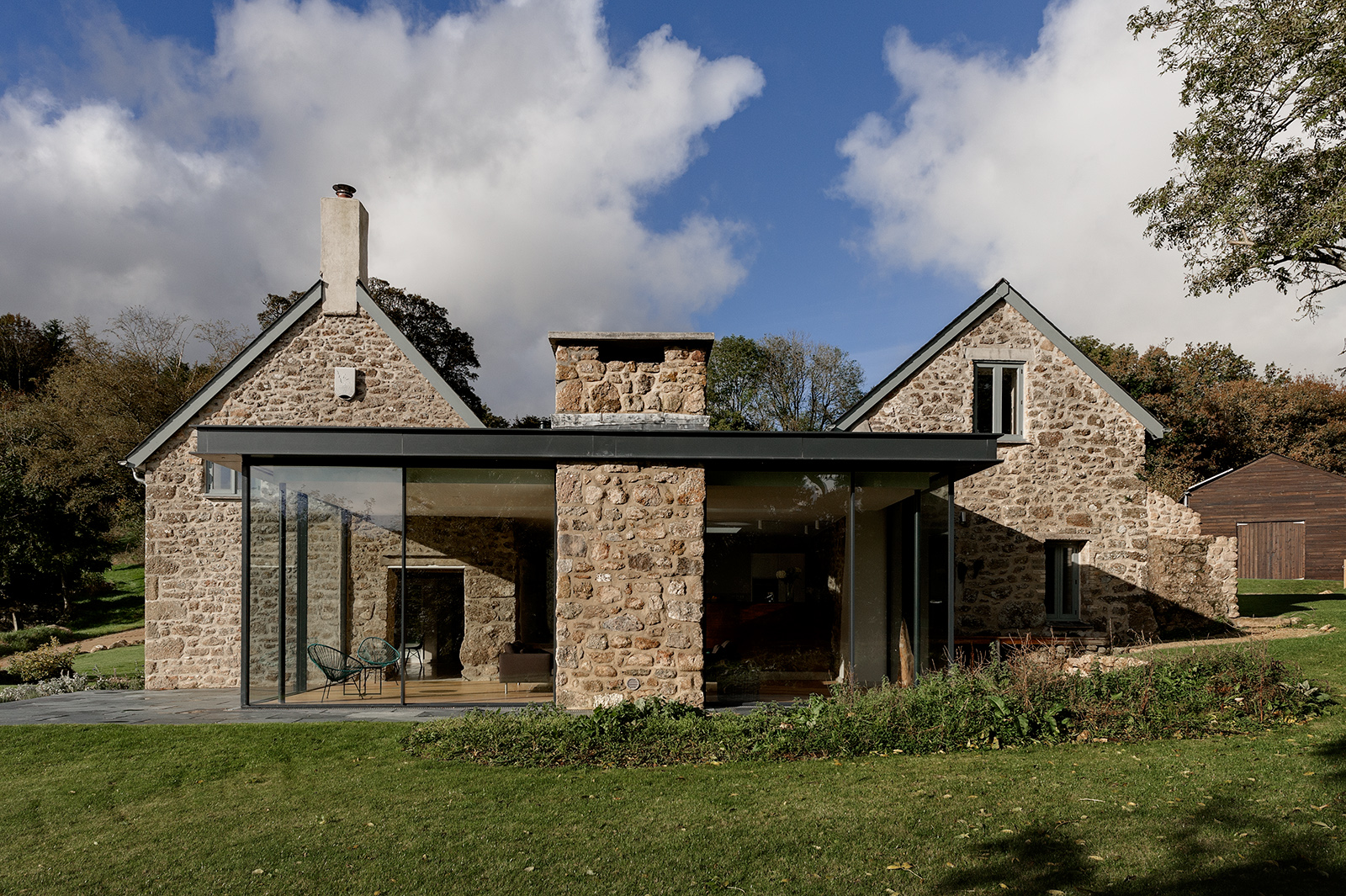
If you are adding a glass box extension, chances are you want it to be positioned so that it makes the most of the daylight, and brings as much natural light into your home as possible.
'When it comes to the positioning of a glass box extension you should decide what you want the function of the space to be and your budget.' explains Shannon. 'South facing glass extensions are great for maximizing natural light and ensuring that as much sunlight as possible flows into the space throughout the day. However, to prevent the internal space from overheating, we recommend that south-facing glazing elevations use a solar control coating.'
'It is also beneficial to have some type of solar shading solution such as electrochromic glass or blinds, and these extra considerations can incur additional costs. East or west-facing glass extensions still benefit from sunlight but are less likely to overheat as they are not in direct sunlight for the whole day.'
4. Increase light with a frameless glass box extension
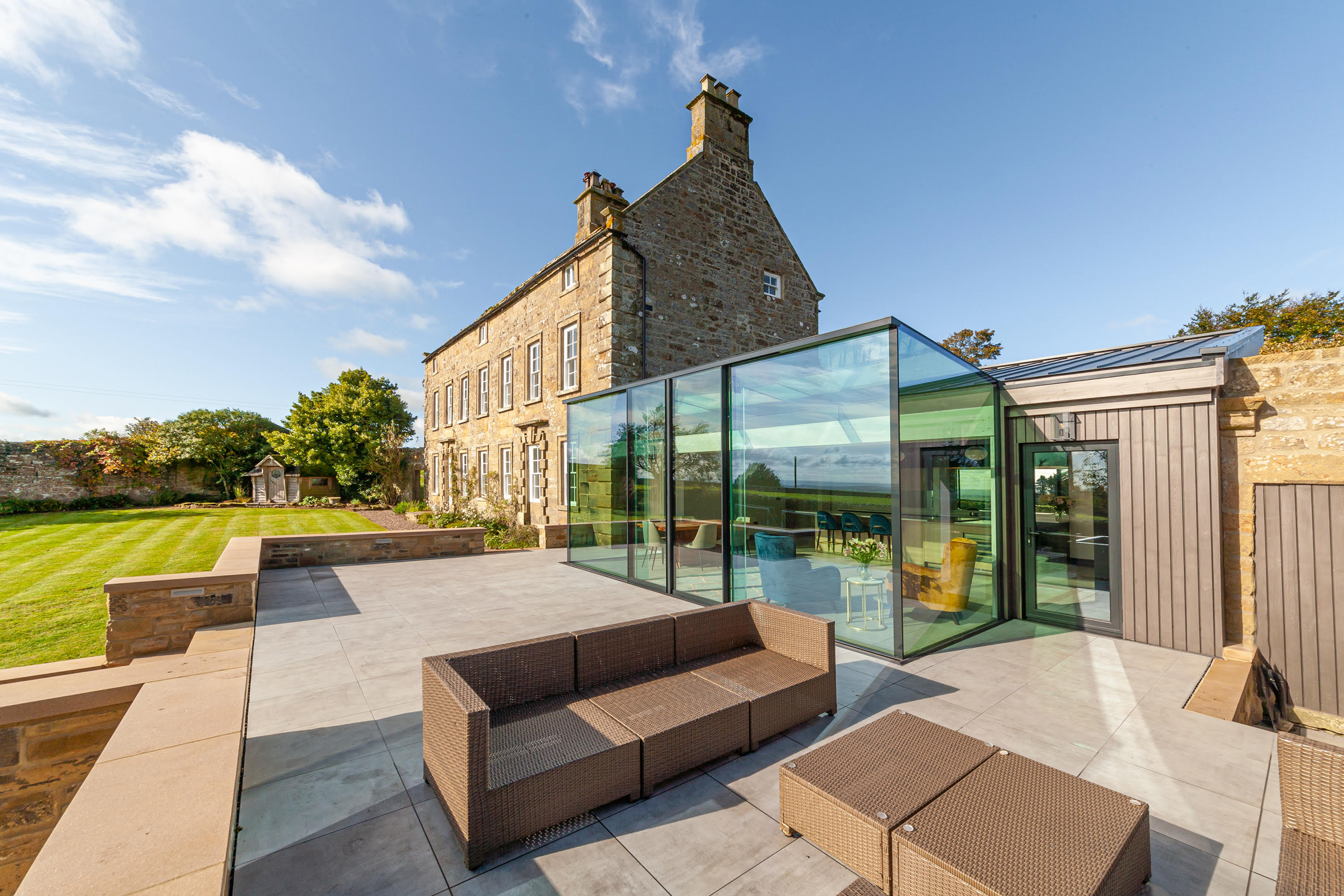
If bringing in light is the top priority of your glass box extension, really maximize it by going frameless. For this extension on a listed building by The Frameless Glass Company, there is no steel structure just the use of glass beams, giving the impression the extension is totally frameless, bringing in so much light and giving uninterrupted views of the surrounding countryside. UltraFine 17mm sliding doors have also been installed within the glass extension to create that flow between outdoors and in.
5. Create a seamless indoor outdoor living space
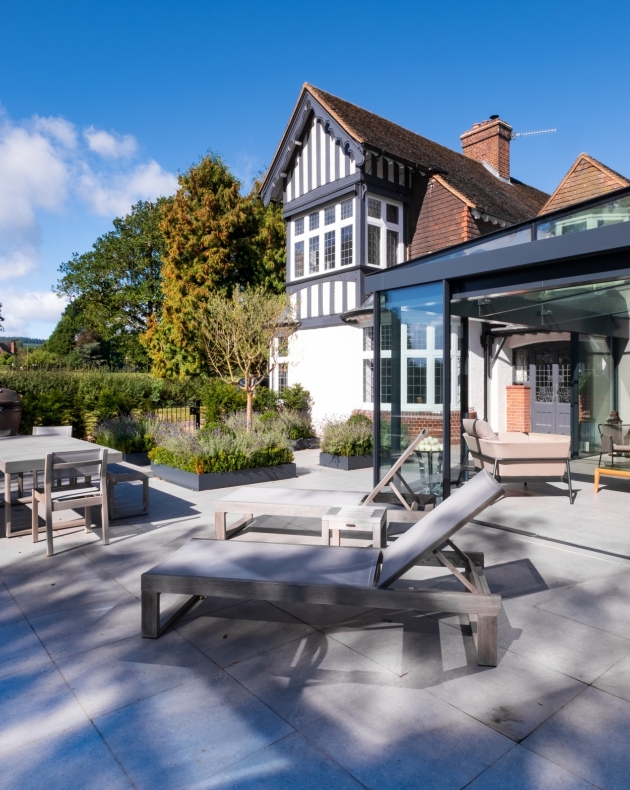
One of the main benefits of a glass box extension is how they merge indoor living spaces with the outdoors. The expanses of glass remove boundaries, but you could take this even further by adding in bi-fold or sliding doors to a glass box extension. For this extension, the minimal windows and sliding doors open up the entire extension, turning this garden room almost into an outdoor living room in the summer months.
Plus, note how the floor inside the extension is almost exactly the same as the flooring of the patio, only enhancing that seamless flow between the spaces.
- Find more outdoor living room ideas in our gallery.
6. Enhance a room with a small glass box extension

Glass box extensions needn't be huge structures to make a difference to your current space. 'Technically speaking, there is no minimum size for a glass box extension, however, we would recommend at least a few meters squared to make it cost-effective.' advises Shannon.
This extension is just over two meters and was build onto a narrow section of the garden that wasn't seeing much use. It brings light into the whole of the downstairs of the property, plus provides seamless access to the garden thanks to the really subtle sliding doors. With a smaller glass extension like this one, you want maximum glass, minimum framing to allow as much light to come in as possible.
7. Use a glass link to bridge old and new

A glass link is the perfect way to connect an original property with a modern extension, merging together two sides of a home, while also creating this really striking contrast.
Keep a glass link really minimal, like this frameless design, and you can even create an allusion that there is a gap between the main property and the new build. According to IQ Glass, this is usually the preferred method of extending period property when applying for planning permission, so a great option for those extended listed buildings.
8. Use a glass box to add a window seat
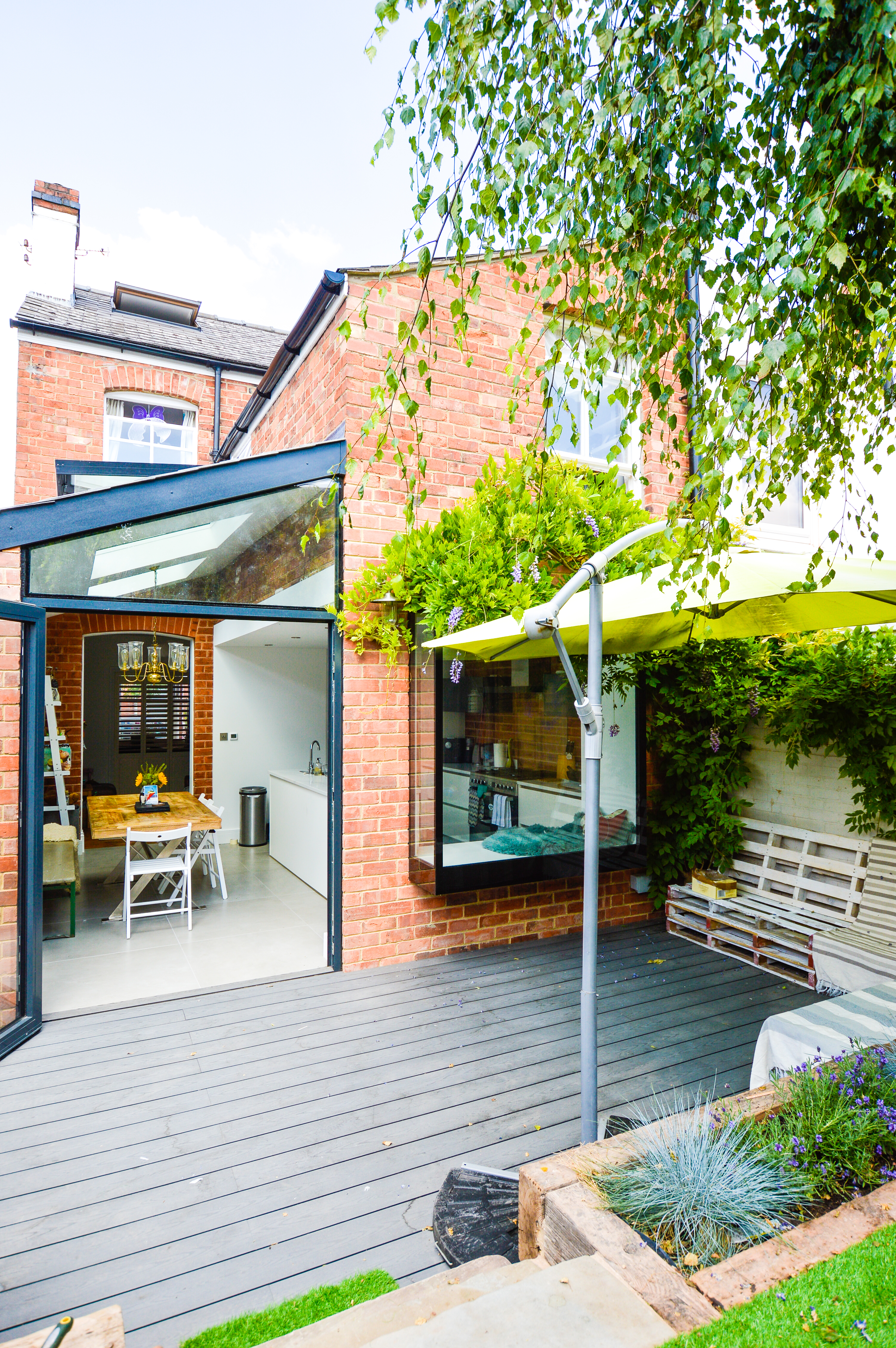
We love this little glazed nook that has been created by adding a glass window box to the back of this Edwardian townhouse. The idea of this extension was to bring in as much light as possible and link the indoors with the garden, so this homeowner opted for a custom-made glazed window box instead of standard windows, which floods the kitchen with light but without sacrificing any more of the garden. If you are after a smaller, more budget-friendly option, this is a lovely idea.
9. Add a floating glass box extension
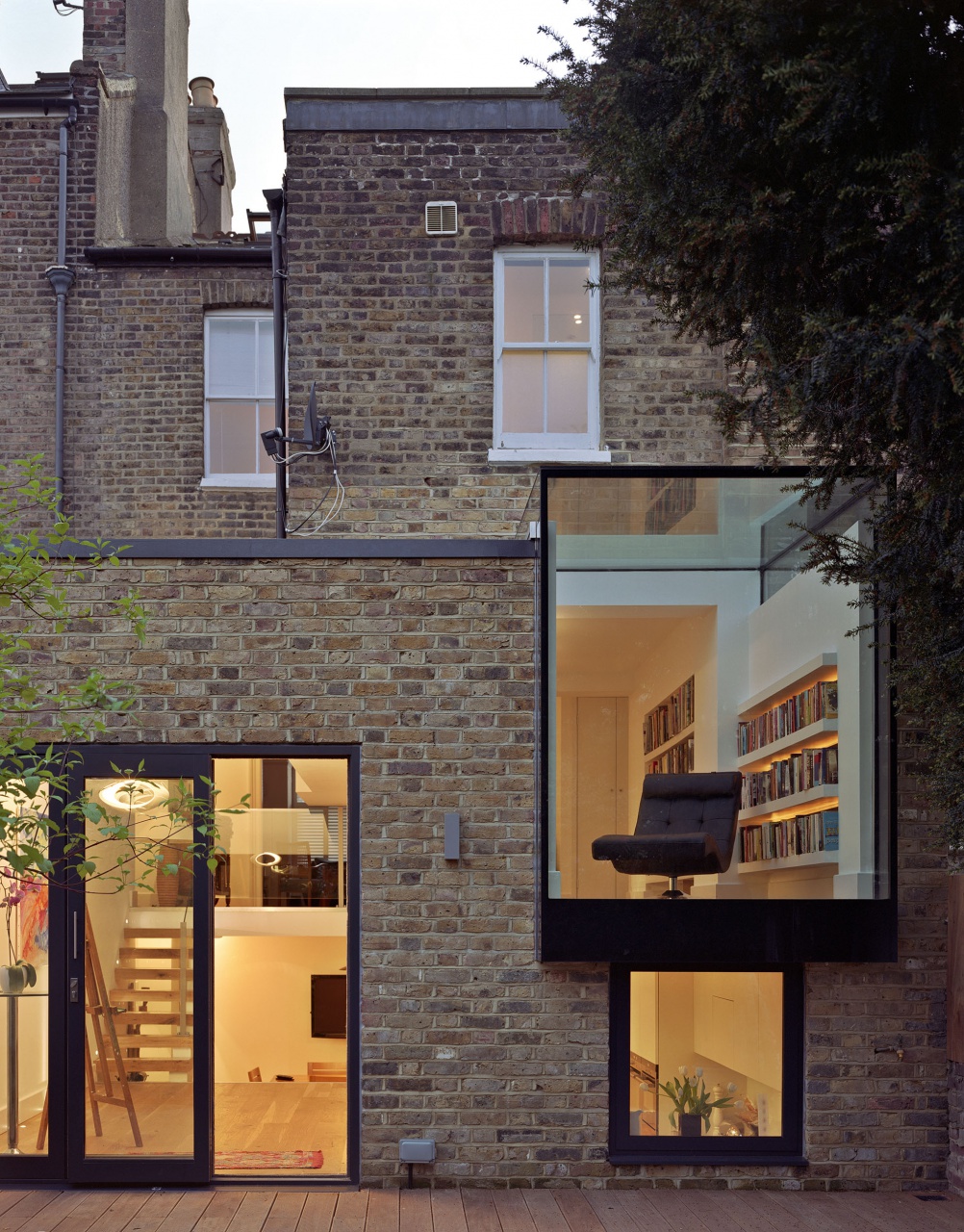
And taking it one step further than a glass window box is this striking split level, double-height, extension by Trace Architects. It has totally transformed the rear of this townhouse, bringing in light to both the first floor and basement living space.
The frameless glass box that protrudes into the garden, blurs the boundaries between the outdoors and in, not just on the ground floor but on the first floor too. And the fact that it's visually linked by the same use of brick as the main house means that you do get that contrast between old and new but it's not too jarring.
10. Save by switching a glazed roof for roof lights
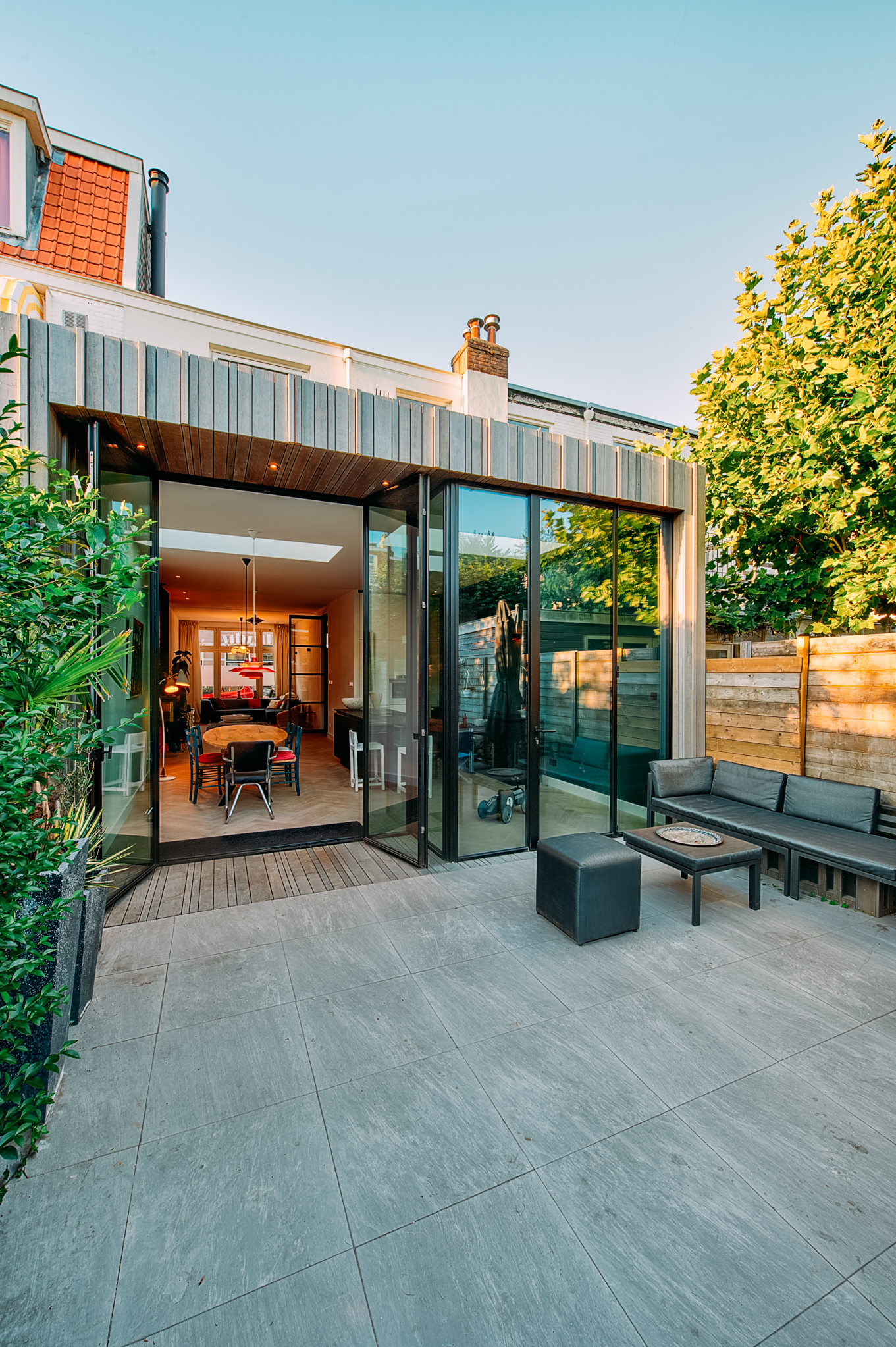
If you love the idea of creating a glass box extension, but working to a tighter budget, why not opt for glass walls but a solid roof with roof lights instead. You'll save because you won't need those large expanses of glass to cover the roof but you'll still benefit from all that natural light flowing into your extension.
- For more light-filled extension ideas check out our guide.
How much does a glass box extension cost?
The average cost of a glass box extension starts at £3,000 per m2 and the cost for an entire project ranges from around £14,000 and can go up to £80,000 depending on the size and design.
'Glass box extensions vary hugely in cost as glass specification, size, systems used and location all have an impact on the overall cost.' says Shannon of IQ Glass. 'As the prices vary so significantly it’s difficult to give a range but there will be ways to make the extension more cost-effective, like using aluminum doors rather than steel. If the glass extension is south facing we recommend solar control glazing to prevent the space from becoming overheated, which would incur additional costs.'
- For more information on glass extension cost check out our guide.
Do you need planning permission for a glass box extension?
'Planning permissions can vary depending on location, for most homes small extensions are covered by the government's Permitted Development Rights.' explains Shannon. 'For larger extensions planning permission may be needed. In conservation areas, national parks and Areas of Outstanding National Beauty, if the extension is a single story extension of up to 3m (or 4m for a detached property), then planning permission is not required. Anything over this, such as side extensions and two-story extensions, and you will need to apply for planning permission. We recommend to always consult your local planning authority to ensure there are no issues later in the project.'
Join our newsletter
Get small space home decor ideas, celeb inspiration, DIY tips and more, straight to your inbox!
Hebe joined the Real Homes team in early 2018 as Staff Writer before moving to the Livingetc team in 2021 where she took on a role as Digital Editor. She loves boho and 70's style and is a big fan of Instagram as a source of interiors inspiration. When she isn't writing about interiors, she is renovating her own spaces – be it wallpapering a hallway, painting kitchen cupboards or converting a van.